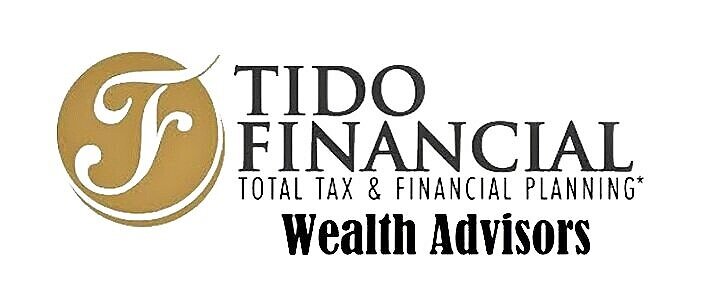Job Change & Retirement Savings
WHAT ARE MY OPTIONS TO MAXIMIZE MY RETIREMENT SAVINGS WHEN CHANGING JOBS?
Now that you’re leaving your job, you’re faced with an important financial decision: what to do with your retirement plan savings so that you can stay on track to meet your financial goals. You need to choose to either: Roll, Move, Stay, or Pay.
Roll. Roll over to an IRA.
How do I roll money over into an IRA account?
To keep your retirement savings growing, you can roll over to an individual retirement account (IRA). You can save with tax benefits of tax-deferred growth by rolling over into either a traditional IRA or Roth IRA.
What is the difference between a before-tax traditional IRA and after-tax Roth IRA?
Before-tax traditional IRA is a nontaxable rollover that allows your money to grow tax-deferred, but you pay taxes when you take distributions. After-tax Roth IRA is taxable at the time of conversion, however any qualified distributions from your investments will be tax-free. For Roth IRA, you can choose between 401(k) or Roth 403(b) accounts. Contact an advisor today for more advice on which rollover account you want to choose.
Move. Transfer to your new plan.
How do I transfer my account balance directly from my former employer’s plan to the new one?
Moving your money into your new employer’s plan allows you tax benefits in tax-deferred growth using the Roth option you choose. Keep in mind as a new employee, there may be a waiting period before you can move your money. If you transfer your vested balance, you may delay taking required minimum distributions (RMDs) until you actually retire.
What about before-tax or after-tax contributions?
Before-tax contributions can be moved from any type of salary deferral plan to another. After-tax Roth contributions can only be moved into the same type of salary deferral plan. Any rollover will have to be one directly on a trustee-to-trustee basis, not as a 60-day rollover. You must transfer the assets directly form your plan’s trustee to the trustee of your new employer’s plan without taking receipt of the money yourself. A Transfer of Assets or Direct Rollover form will need to be completed for this transaction. Consult a representative for more information on this option.
Stay. Remain in the plan.
How can I remain in my former retirement plan? What should I know about this option?
If your former employer allows it, you can leave your retirement plan balance the way it is. You will receive the same tax benefits and will be familiar with your current options and investments. Keep in mind that remaining in your current plan will limit you to investment options made available by your former employer, you will not be able to make additional contributions, and you will need to follow plan’s rules including being charged fees to remain in the plan.
What if my plan has an automatic cashout/rollover rule? What does it mean?
If you have $1,000 or less, your previous employer can choose to close your account and distribute the amount as a check. If your balance is between $1,000 and $5,000, your employer can roll your savings into a tradition or Roth IRA of their choice. Both qualified retirement plans and IRAs typically involve fees, expenses, and services that should be compared when considering a qualified plan rollover.
Pay. Cash out of the plan.
How can I cash out of my retirement plan? Are there any penalties?
If you choose the option of cashing out of your plan, you may almost half of your before-tax savings to income taxes and other possible penalties. If you are under 59.5 of age, you could pay an additional 10% penalty on the distribution and pay federal and state income taxes as well. There are some circumstances where early withdrawal penalty would not apply: you are at least 55 when you leave your job, you take distributions in substantially equal amounts for 5 years or until you are 59.5 of age, or you become disabled or have certain medical expenses.

